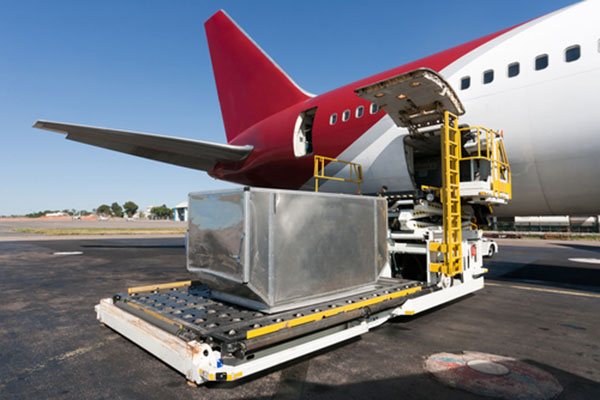
ME carriers’ freight volumes up 7.4pc in February
GENEVA, April 5, 2018
Middle Eastern carriers’ year-on-year freight volumes increased 7.4 per cent in February 2018, and capacity increased 7.6 per cent, according to figures released by the International Air Transport Association (Iata).
The region’s seasonally adjusted freight volumes continue to trend upwards, however, they have slowed to an annualised rate of 4 per cent since late 2017. This largely reflects the weak conditions on the routes to and from Europe which have seen demand trend downwards at a double-digit rate over the past five months, said the Iata report.
Iata released demand growth results for global air freight markets for February showing a 6.8 per cent increase in demand measured in freight tonne kilometers (FTKs) compared to the same period last year.
Adjusting for the potential Lunar New Year distortions by combining growth in January and February, demand increased by 7.7 per cent. This was the strongest start to a year since 2015.
Freight capacity, measured in available freight tonne kilometers (AFTKs), grew by 5.6 per cent year-on-year in February 2018. Demand growth outstripped capacity growth for the 19th month in a row, which is positive for airline yields and the industry's financial performance.
The continued growth in air cargo demand is consistent with ongoing robust global trade flows. There are, however, signs that the best of the upturn for air freight has passed. Demand drivers for air cargo are moving away from the highly supportive levels seen last year. In recent months the Purchasing Managers’ Index (PMI) for manufacturing and export orders has softened in a number of key exporting nations including Germany, China and the US.
And the seasonally- adjusted demand for air cargo which rose at a double-digit annualised rate for much of 2017 is now trending at 3 per cent.
Alexandre de Juniac, director general and CEO, Iata, said: “Demand for air cargo continues to be strong, with 6.8 per cent growth in February.”
“The positive outlook for the rest of 2018, however, faces some potentially strong headwinds, including escalation of protectionist measures into a full-blown trade war. Prosperity grows when borders are open to people and to trade, and we are all held back when they are not,” he added.
Asia-Pacific airlines saw demand in freight volumes grow 6.5 per cent in February 2018 and capacity increase by 7.2 per cent, compared to the same period in 2017. The upward-trend in seasonally-adjusted volumes has returned, with volumes currently trending upwards at an annualised pace of between 6.0 per cent and 7.0 per cent. As the largest freight-flying region, carrying close to 37 per cent of global air freight, the risks from protectionist measures impacting the region are disproportionately high.
North American airlines’ freight volumes expanded 7.3 per cent in February compared to the same period a year earlier, and capacity increased by 4.1 per cent. Seasonally-adjusted volumes are broadly trending sideways. The weakening of the US dollar over the past year has helped boost demand for air exports. Data from the US Census Bureau shows a 10.2 per cent year-on-year increase in air export volumes from the US in January 2018, compared to a slower rise in imports of 6.7 per cent.
European airlines posted a 5.7 per cent increase in freight volumes in February. This was almost half the rate of the previous month and the slowest of all regions. Capacity increased 3.8 per cent. Seasonally-adjusted volumes have been volatile in 2018 with the jump in demand in January largely reversed in month-on-month terms in February.
The strength of the Euro and the risks from protectionist measures may impact the European freight market which has benefitted from strong export orders, particularly in Germany, in recent years.
Latin American airlines experienced growth in demand of 8.7 per cent in February and a capacity increase of 6.9 per cent. The pick-up in demand over the last 18 months comes alongside signs of economic recovery in the region’s largest economy, Brazil. Seasonally-adjusted international freight volumes are now back to the levels seen at the end of 2014.
African carriers’ saw freight demand increase by 15.9 per cent in February compared to the same month last year – the largest increase of any region. Capacity increased by 3.9 per cent. The increase was helped by very strong growth on the trade lanes to and from Asia driven by ongoing foreign investment flows into Africa. While the surge in demand on the route looks to have stabilised, volumes still increased by nearly 24 per cent in year-on-year terms in January, it stated. – TradeArabia News Service







